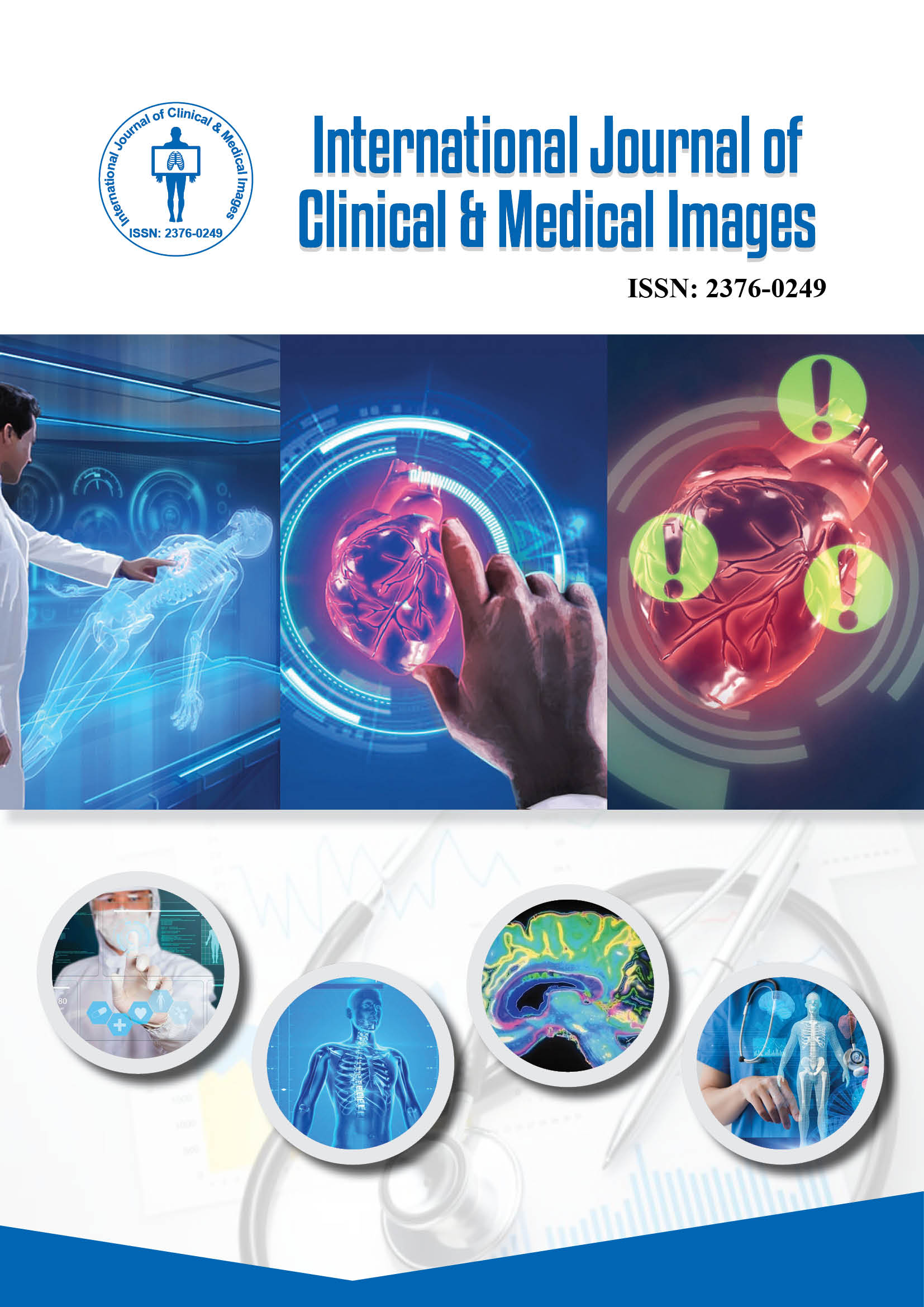2376-0249
Editorial - International Journal of Clinical & Medical Images (2025) Volume 12, Issue 6
Author(s): Schulman Yafia
3D and Functional Imaging in Clinical Practice explores how advanced imaging technologies are transforming modern medicine by providing both structural and physiological insights into the human body. Unlike conventional imaging, which primarily offers two-dimensional anatomical views, 3D imaging reconstructs complex structures, allowing clinicians to visualize organs, tissues and vasculature from multiple angles. Functional imaging adds another layer of understanding by assessing physiological processes, such as blood flow, metabolism and tissue viability, making it an indispensable tool for diagnosis, treatment planning and monitoring therapeutic response.
3D imaging techniques, including CT and MRI reconstructions, allow for precise assessment of complex anatomical relationships, aiding surgical planning and minimally invasive interventions. For example, 3D reconstructions of vascular networks or orthopedic structures help surgeons navigate intricate procedures with higher accuracy and reduced complications. Functional imaging modalities, such as PET, SPECT and Functional MRI (fMRI), provide real-time insights into organ activity, perfusion and metabolic processes. These techniques are especially valuable in oncology, cardiology and neurology, where understanding both structure and function is crucial for patient management [1].
The integration of 3D and functional imaging enhances diagnostic precision by combining morphological details with physiological information. Clinicians can identify lesions that may be occult on standard imaging, evaluate the extent of disease involvement and differentiate between active and inactive pathological processes. For instance, in oncology, functional PET-CT allows for precise tumor localization, staging and assessment of treatment response, while fMRI maps brain activity to guide neurosurgical planning. Such integrated imaging facilitates personalized care and informed clinical decision-making.
Technological advancements, including artificial intelligence and software-driven visualization, continue to expand the applications of 3D and functional imaging. AI algorithms aid in image reconstruction, quantification and pattern recognition, improving efficiency and accuracy. As these technologies become more accessible, they promise to redefine clinical workflows, enhance patient outcomes and support precision medicine. 3D and Functional Imaging in Clinical Practice demonstrates how combining anatomy and function into a unified visual framework elevates both diagnosis and treatment in contemporary healthcare [2].
3D imaging, Functional imaging, Clinical applications
None.
None.
Google Scholar Cross Ref Indexed at
 Awards Nomination
Awards Nomination

